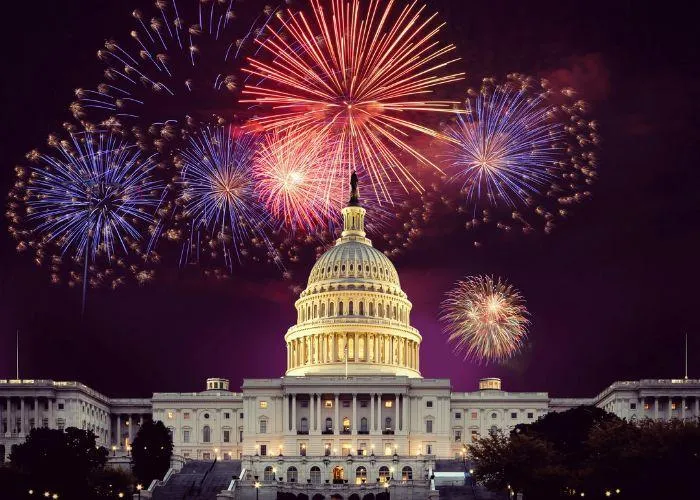
Lighting Up the Sky: The Tradition of Fireworks on the Fourth of July
Every year on July 4th, skies across the United States burst into vibrant displays of red, white, and blue. The dazzling lights and thunderous booms of fireworks have become a defining symbol of Independence Day, drawing families, friends, and communities together in celebration. But how did this tradition begin, and why do fireworks remain such a central part of America’s birthday festivities?
A Spark from History
The tradition of fireworks on July 4th dates all the way back to the very first Independence Day celebration in 1777. One year after the Continental Congress adopted the Declaration of Independence, Philadelphia marked the anniversary with what newspapers at the time called a "grand exhibition of fireworks." The display included bells, bonfires, and even a parade, reflecting a jubilant atmosphere as the young nation celebrated its bold step toward self-governance.
Founding Father John Adams famously wrote to his wife Abigail on July 3, 1776, predicting that future generations would commemorate the occasion with "pomp and parade…bonfires and illuminations from one end of this continent to the other." He was right—although he thought the date would be July 2nd, the day the resolution for independence was actually passed. Regardless of the mix-up, his vision set the tone for the celebratory mood that would define the holiday.
Download our FREE July 4th Coloring page here
Why Fireworks?
In the 18th century, fireworks were already widely used in Europe to mark important events, especially royal celebrations and military victories. Their use in America symbolized triumph and joy. The colorful explosions represented a break from tyranny and a bright future built on liberty and courage. Over time, they became a visual representation of American independence—loud, proud, and impossible to ignore.
Fireworks also stirred a sense of wonder and unity. They were accessible to everyone, rich or poor, young or old. Towns and cities began to organize public displays so people could celebrate together. As technology improved and fireworks became more affordable and elaborate, local shows evolved into major events, with some cities now hosting displays that attract hundreds of thousands of spectators.
A Modern Tradition
Today, fireworks are synonymous with July 4th. From small backyard sparklers to massive, choreographed shows set to patriotic music, the tradition continues to grow. Cities like Boston, Washington, D.C., and New York put on grand displays broadcast across the nation. Even in small towns, families gather in parks or on rooftops to watch the night sky light up in celebration of freedom.
Fireworks symbolize more than just spectacle—they’re a sensory tribute to the American spirit: bold, colorful, and resilient. They remind us of the courage it took to found the country and the imagination it takes to keep building a better future.
As we lay out picnic blankets and look to the skies this Fourth of July, we're participating in a tradition nearly as old as the nation itself—a shared moment of awe that unites us in honoring America’s enduring pursuit of liberty and justice for all.
Download our FREE July 4th Coloring page here
